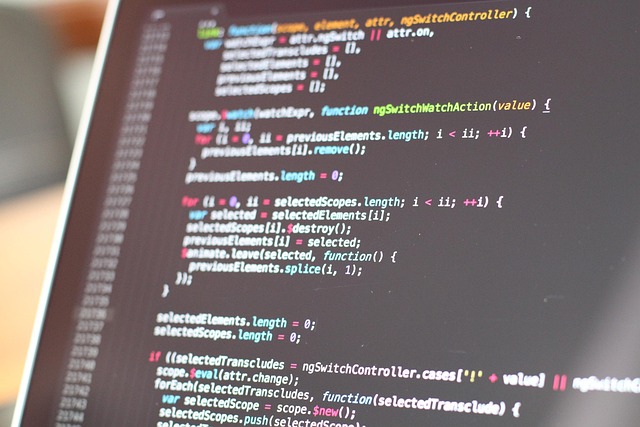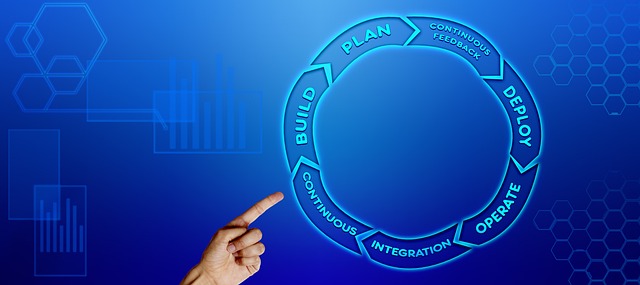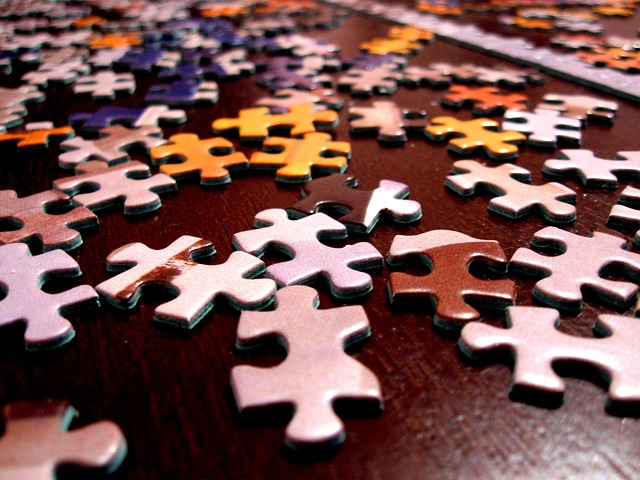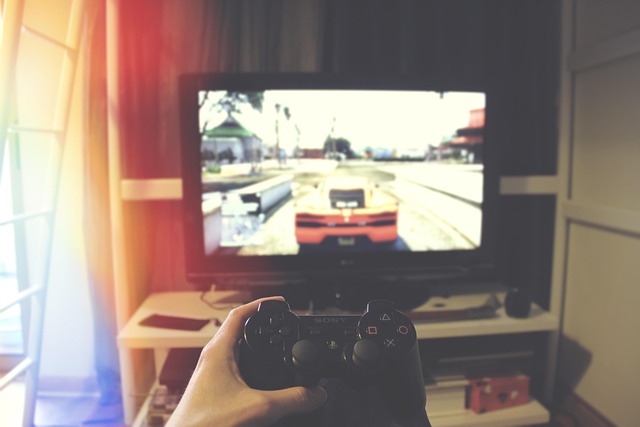The Ultimate Guide to Game Optimization in eSports and Gaming
In the fiercely competitive world of eSports and gaming, the small details can make a monumental difference. Players and developers alike are constantly striving for that perfect balance of performance and user experience, which is where game optimization comes into play. Whether you’re a seasoned pro ready to take your skills to the next level or a passionate gamer looking to enhance your experience, understanding the nuances of game optimization is essential.
Why Game Optimization Matters
Within the realm of games, optimization can significantly impact how content is consumed, providing players with smooth visuals, swift response times, and overall stellar gameplay. Bad optimization can lead to frustrating lags, glitches, and crashes—scenarios that no gamer wants to encounter, especially during competitive matches. As an aspiring eSports athlete, honing your skills is vital, and ensuring your setup is optimized can give you that extra edge against other players.
The Role of Developers in Game Optimization
While players focus on their individual gameplay, developers play a crucial role in the game optimization process. Developers create patches, updates, and fixes to enhance performance on various platforms. They manipulate assets, balance graphics settings, and minimize resource usage to ensure that players have the best possible experience. Understanding how these optimizations work can empower players to make informed decisions regarding hardware and settings that complement the games they play.
Key Optimization Techniques
To truly appreciate game optimization, it’s important to be aware of the various techniques that can be employed:
- Graphics Settings: Adjusting in-game graphics settings can lighten the load on your hardware, leading to smoother gameplay. Lowering shadows, textures, and resolutions can yield significant performance boosts without sacrificing the gaming experience.
- Hardware Upgrades: Upgrading components such as graphics cards, CPUs, RAM, or even switching to SSDs can vastly improve load times and frame rates, essential for fast-paced gaming.
- Network Optimization: A stable internet connection is crucial in eSports. Employing wired connections, using quality routers, and optimizing network settings can help reduce lag during competitive matches, giving you the performance you need to succeed.
Understanding the Competitive Edge in eSports
In the eSports scene, players are not just competing against each other; they are battling against latency and performance dips that can dictate the outcome of high-stakes matches. Particularly in titles that require fast reflexes, even a millisecond delay can lead to defeat. This is why many professional gamers invest time in game optimization. They often work closely with their teams to identify the best setups that maximize performance through hardware and software tweaks.
Community Engagement in Game Optimization
The growing community of gamers frequently shares their optimization tips and tricks across forums and social media platforms. Collaborating within these spaces helps players benefit from collective wisdom and brings to light innovative solutions to optimization issues. Engaging with fellow gamers enriches the experience and fosters healthy competition, enhancing gameplay overall.
As the boundaries of gaming continuously evolve with technological advancements, game optimization will only become more integral to every player’s journey. The dedication to creating the most efficient gaming environment is both a hallmark of the development community and an exciting opportunity for gamers to elevate their skills to new heights.




